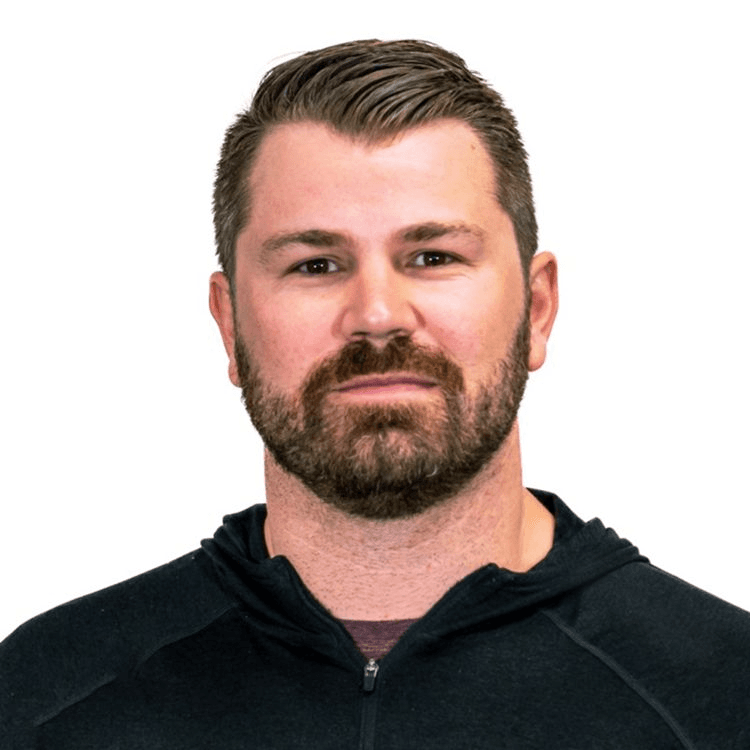How Wedivite.com Sold for $70,000: Bootstrapped Digital Wedding Invitations with Auto-Pilot Profits


Business Description
Table of Contents
Navigate through the case study sections
Executive Summary
Case Study Content
Turning Digital Wedding Invitations Into a $70,000 Exit: The Wedivite Story
There's no shortage of online wedding services. But few have cracked the code of repeat, organic business and a nearly "set it and forget it" approach like Wedivite.com. Built by solo founder Ben Novak in Tel Aviv, Wedivite became the digital invitation platform for over 200,000 couples. In this case study, we're breaking down how Ben grew auto-pilot revenue through search dominance, smart product choices, and ultimately scored a $70,000 cash-out, 11.5x his annual profit, all while holding down a regular job.
Starting As a One-Man Show
Ben Novak had been building digital products since he was 16. Not just a developer, but a designer, marketer, and copywriter too, he worked with enterprise brands like Google and IKEA. But Wedivite wasn't a corporate client job. It started as a personal solution: Ben made it to send his own wedding invitations. Recognizing how time-consuming and clunky traditional methods were, he decided to turn his tool into something others could use.
Early on, he let couples use Wedivite for free. The demand for extra features grew fast, far quicker than his solo project pace. As users started requesting advanced tools, customization, RSVP tracking, digital maps, Ben realized people would pay for premium features.
Keeping the Machine Lean, and Profitable
Ben’s edge wasn’t huge capital or round-the-clock support. It was relentless focus on automation. By the time Wedivite found traction, Ben was spending about 1-3 hours a week just handling support and answering feature requests. Everything else? Automated. The platform handled invitations, tracking, payment collection, and guest management without manual work. That approach kept costs near zero and made scaling possible for a single operator.
His technology stack, built with PHP, Laravel, Angular, and React, was flexible, letting him iterate with the little spare time he had. That's a blueprint for founders who can't or won't quit their day jobs. Monthly operating costs were low, so nearly every dollar earned turned into profit. Plus, couples created and voted on new features, helping the roadmap write itself.
Growth Without Paid Ads: SEO and Word of Mouth Take Over
Instead of pouring money into ads, Ben focused on SEO and organic buzz. He snagged top spots on Google for highly valuable search terms like "mobile wedding invitations" and "digital wedding invitations." This search dominance funneled a stream of new couples into his platform every week, with minimal marketing investment. And satisfied users, over 200,000 couples worldwide, kept Wedivite top-of-mind for future brides and grooms through word of mouth.
- Wedivite handled everything online: RSVPs, maps, event updates, links to wedding lists, and RSVP tracking.
- The brand leveraged Instagram and Facebook, building a solid social following and encouraging couples to share their digital invitations. Free couple-generated content fueled social proof and discovery.
Beyond Invitations: Branching Into Two Businesses
By the time it was ready for sale, Wedivite was much more than an invite generator. It included a vendor directory (adding B2B opportunity), a full-featured web app, and two mobile apps, making the platform more appealing to buyers looking for diversified revenue streams. The brand package included all marketing assets, videos, and feature lists voted on by real Wedivite couples.
Why Sell? Knowing When to Pass the Baton
Despite its strong growth, Ben knew he couldn't give Wedivite the time it deserved. He had a thriving career and other side projects (like Thinger and OfficeHealth). Not wanting to let the brand fade, he decided to sell while interest was high, aiming to find a buyer who’d take over and expand where he left off.
The Sale: $70,000 Attracts Attention at 11.5x Profit
One of the most striking things: Ben had a reserve price of just $23,000 but ended up selling for $70,000. Why? Buyers saw the value in a platform that ran itself, had nearly all revenue as pure profit, and came with a built-in audience and growth roadmap. Getting 11.5x annual profit for a side project is proof that even solo founders, with smart automation and organic growth, can cash out big.
After the Sale: What’s Next?
Ben continues to build and launch digital products, but left clear advice for sellers: only sell products you truly believe in, and be transparent with potential buyers about what's worked and what hasn't. Leaving behind hundreds of validated feature requests and an active, loyal user base makes transitions easier and makes the product more valuable.
Key Lessons for Other Founders
- Automation multiplies solo founder impact. Time invested up front in process and platform automation will pay back every month in reduced workload and higher profits.
- Organic traction beats paid traffic for the long haul. Wedivite’s near-zero marketing costs were possible due to laser focus on SEO and user-story sharing on social.
- Clear, fast iteration keeps users engaged. Using community voting for new features, Ben made sure users felt heard and invested in product improvement.
- Sell while the fire's hot. Recognizing when you don’t have the bandwidth to keep up with growth is healthy. A timely sale maximizes exit rather than letting the asset stagnate.
Conclusion
Wedivite’s expansion from a single-use tool into a complete, easy-to-use digital wedding platform didn't happen overnight or with tens of thousands in VC. It happened because Ben Novak understood his audience, built lean, and leveraged automation and organic channels. His experience proves it's possible to build, scale, and sell a digital product with almost no help, as long as you stick to a clear vision and focus on efficiency and honesty.
Key Takeaways
- 1Ben Novak grew Wedivite.com to serve over 200,000 couples worldwide with digital wedding invitations, all as a side project.
- 2SEO-focused growth and powerful social media presence (especially on Instagram) replaced traditional advertising, minimizing expenses.
- 3Wedivite was almost completely automated, allowing the founder to maintain the platform on just 1–3 hours per week.
- 4Ben sold the business for $70,000, at 11.5x its annual profit, far exceeding his original reserve price and proving high value for automated, niche platforms.
- 5Feature requests and votes from Wedivite users fueled the product roadmap and made the platform more attractive to buyers.
- 6The sale included not just the main brand, but also a vendor directory, two mobile apps, and all social/marketing assets, giving the buyer instant multi-channel presence.
Key Facts
Tools & Technologies Used
Premium Content Locked
Subscribe to access the tools and technologies used in this case study.
Unlock NowHow to Replicate This Success
Premium Content Locked
Subscribe to access the step-by-step replication guide for this case study.
Unlock NowInterested in Being Featured?
Share your success story with our community of entrepreneurs.
Explore More Case Studies
Discover other inspiring business success stories

How Blue Tees Golf Sold for $160,000 in Just 14 Days: The Fast Track to E-commerce Exit Success
Blue Tees Golf, an eCommerce store built by an avid golfer, carved out a space in high-quality, niche golf accessories. ...
Blue Tees Golf

From Dog Trainer to SaaS Success: How DogBizPro Became the Go-To Software for Canine Professionals
DogBizPro, founded by dog trainer and web designer Stephanie McKay, was built to solve the problem of managing dog train...
DogBizPro

How Mallaury Earns $5,000/Month Selling Printables
Mallaury Agyei turned her blog-design skills into Premium PLR for Bloggers, selling over 8,300 printables and templates ...
Premium PLR for Bloggers